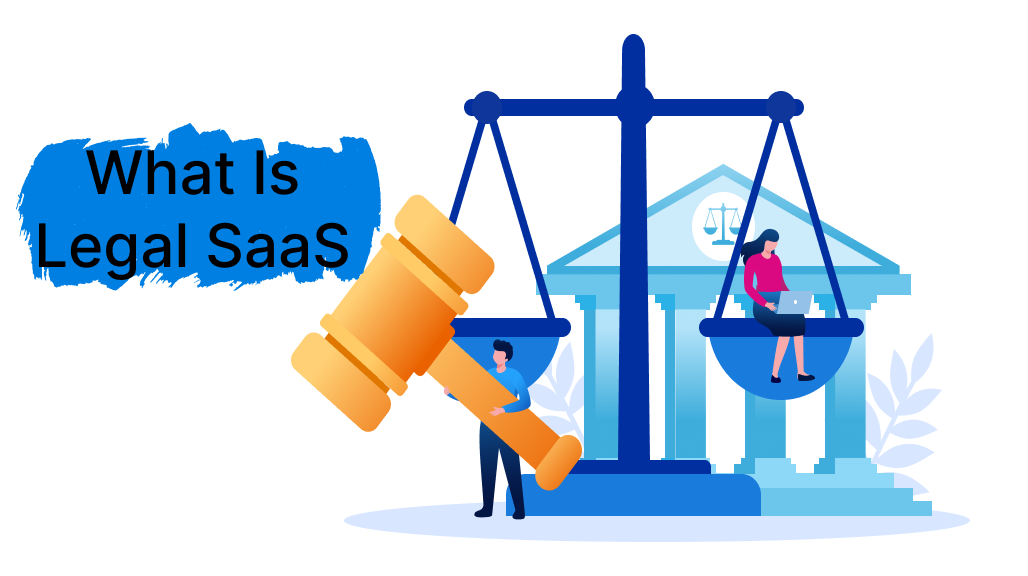In today’s digital age, having a well-designed website is crucial for any business, including law firms. Your website serves as a virtual front door, making a lasting first impression on potential clients.
As more people turn to the internet to find legal services, it’s essential to create a website that not only looks professional but also caters to the needs of your visitors.
In this guide, we’ll explore specific design considerations that can set your law firm’s website apart and help you attract and retain clients.
Reflecting Professionalism:

When someone visits your law firm’s website, they should immediately feel that they’ve come to a place of competence and trust. A clean and elegant design can convey just that. Consider using a simple color palette that aligns with your firm’s branding.
Use high-quality images and professional fonts to create a polished look. Remember, less is often more when it comes to design. Avoid clutter and distractions that could detract from the message you’re trying to convey.
Clear Navigation:
Imagine walking into a law firm’s office and not knowing where to go or whom to approach. The same confusion should be avoided on your website. Your navigation menu should be easy to find and understand. Use clear labels that directly correspond to the services you offer.
If your firm specializes in different areas of law, organize your content into well-defined categories. This makes it effortless for visitors to find the information they’re looking for without getting lost in a maze of links.
Mobile Responsiveness:
Today, people use their smartphones and tablets to browse the internet more than ever. Ensuring that your website looks and functions well on these devices is crucial. This concept is known as mobile responsiveness.
A responsive design means that your website automatically adapts to various screen sizes, providing a seamless user experience. A mobile-friendly website is not just a convenience; it’s a necessity to engage potential clients who might be searching for legal services on the go.
User-Focused Content:
Legal jargon can be intimidating to many. When creating content for your website, use clear and simple language that your target audience can easily understand. Provide informative articles and frequently asked questions (FAQs) that address common legal concerns.
Offering valuable resources shows your expertise and willingness to help, potentially turning visitors into clients. Remember, a well-informed client is more likely to trust your services.
Trust-building Elements:
Building trust is paramount in the legal profession. Your website can play a significant role in establishing credibility. One effective way is to showcase client testimonials and success stories. These real-life experiences humanize your firm and show potential clients that you’ve helped others in similar situations.
Additionally, having detailed attorney profiles with photos and professional backgrounds can create a personal connection, making it easier for clients to reach out.
Contact Information and Calls-to-Action:
Your website’s ultimate goal is to convert visitors into clients. To achieve this, make sure your contact information is prominently displayed on every page. Include clickable phone numbers and contact forms that are easy to locate.
Strategic calls-to-action (CTAs) can guide visitors on the next steps to take, whether it’s scheduling a consultation or downloading a legal resource. Clear and concise CTAs reduce confusion and provide a clear path for potential clients to follow.
Speed and Performance:
Nobody likes waiting for a website to load. Slow-loading pages can frustrate visitors and cause them to leave your site. Optimizing your website’s speed and performance is essential for retaining visitors and improving user satisfaction.
Compress images, leverage browser caching, and minimize code to ensure your website loads quickly. There are various online tools available to help you test and enhance your website’s performance.
Accessibility Considerations:
An inclusive website is crucial for reaching all potential clients, regardless of their abilities. Web accessibility ensures that people with disabilities can access and interact with your content.
Simple measures like using descriptive alt text for images and ensuring proper color contrast can make a significant difference. Creating an accessible website not only broadens your reach but also reflects your commitment to serving a diverse clientele.
Data Security and Privacy:
Legal matters involve sensitive information, and clients need assurance that their data is secure. Make sure your website is equipped with an SSL certificate, indicated by the “https” in the URL, which encrypts data transmitted between users and your site.
This is especially important if your website includes contact forms or client portals. Additionally, familiarize yourself with privacy regulations like GDPR or CCPA to ensure that your website complies with data protection laws.
Conclusion:
In the digital age, your law firm’s website is often the first interaction potential clients have with your practice. By following these design considerations, you can create a website that not only reflects your professionalism but also caters to the needs of your visitors.
Remember, a user-friendly website isn’t just about aesthetics – it’s about providing a seamless and informative experience that can ultimately help you attract, engage, and convert clients. With the right design elements in place, your law firm’s website can become a valuable asset in your journey to success in the legal industry.









